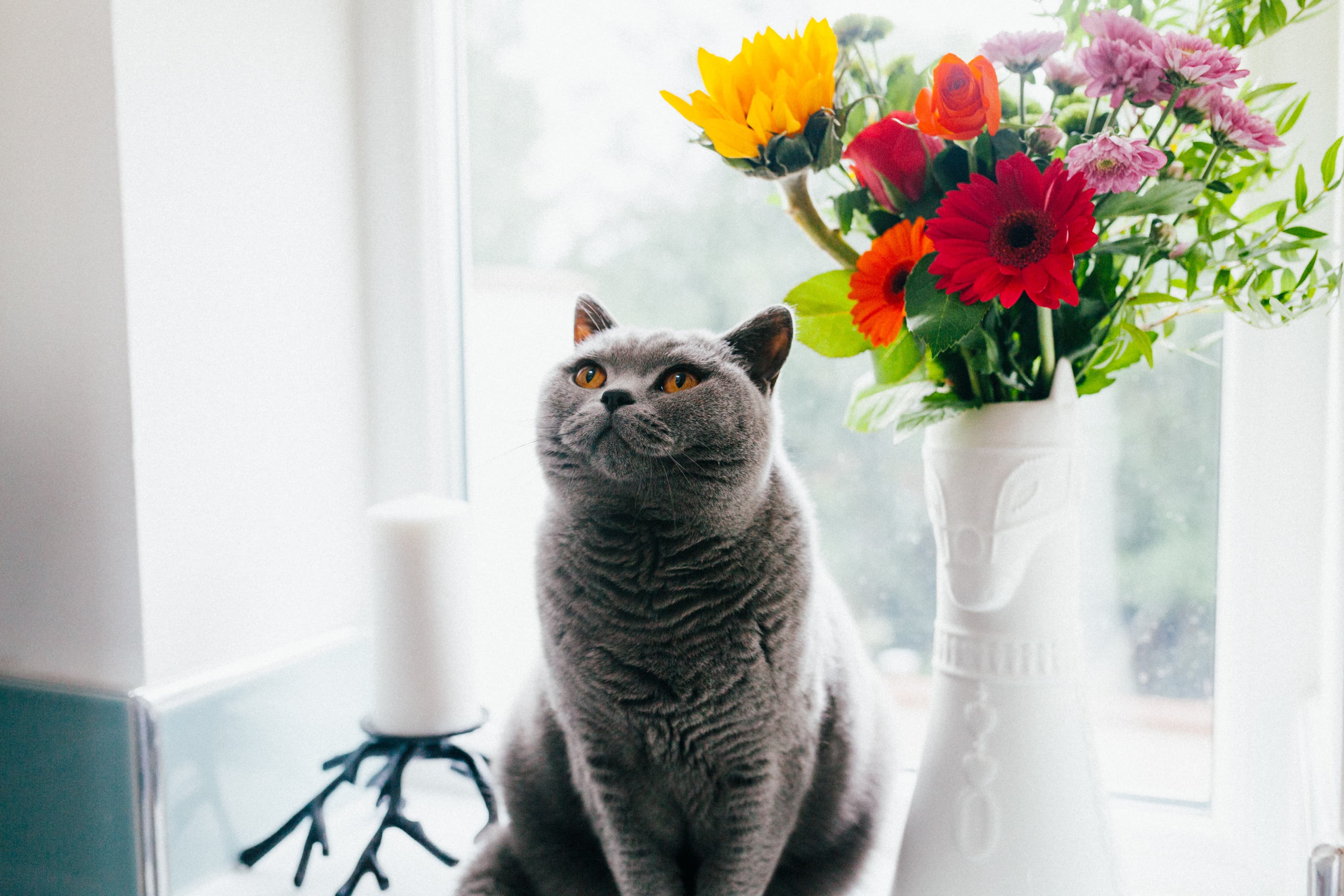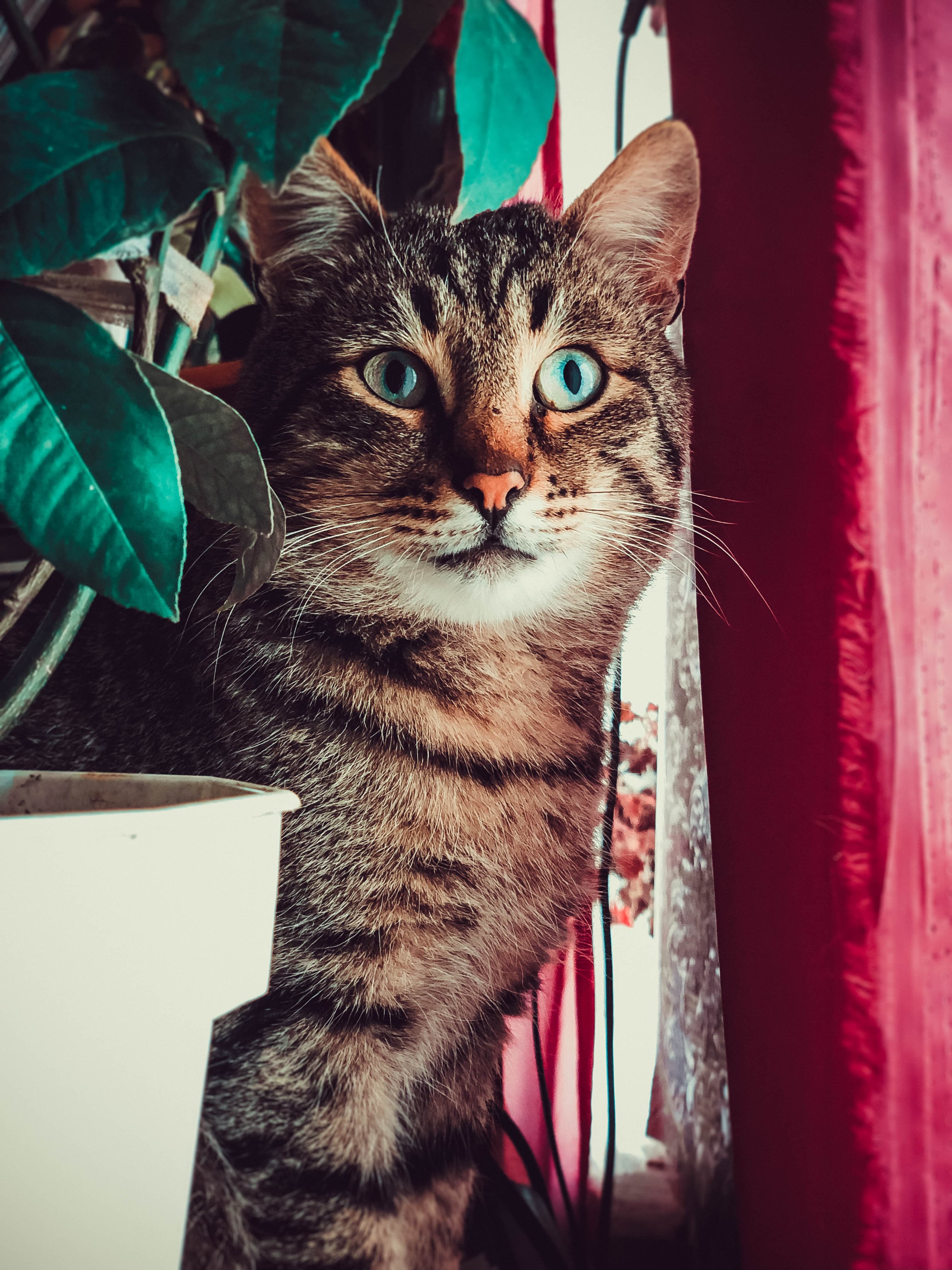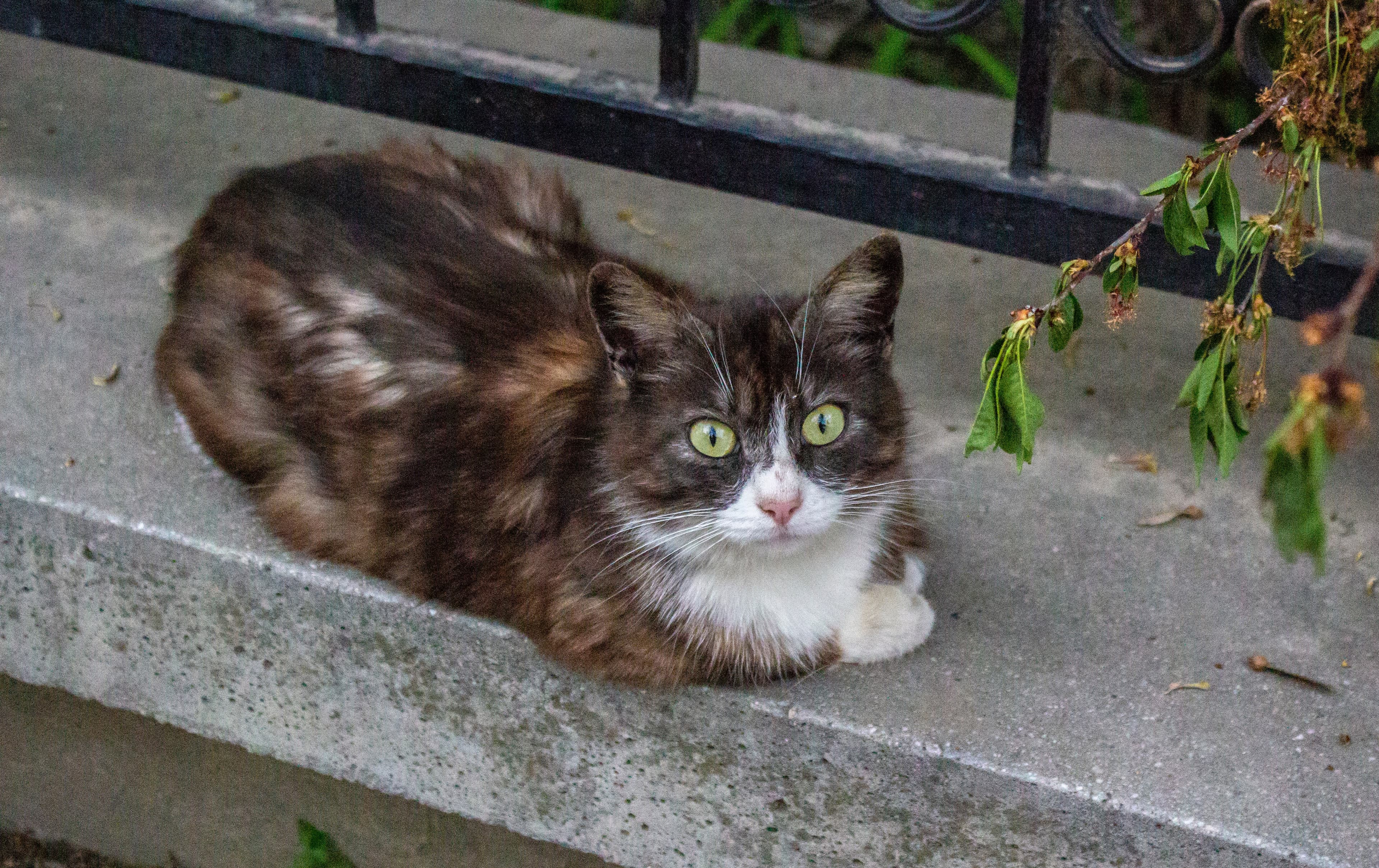Plants that are poisonous to your cat
Although cats are generally quite good at avoiding substances and substances that are toxic to them, they may also ingest substances that can be dangerous. It can therefore be useful for cat owners to be aware of which plants and flowers in the home are either harmful or downright life-threatening to our cats.
Poisoning
Some of the most common and desirable flowers and plants in the home can cause irritation, irritation in the mouth or on the skin of a cat, while others can cause vomiting and diarrhoea. Some plants are so poisonous that they can cause life-threatening poisoning in our cats as damage to internal organs, e.g. the kidneys, can occur, which in the worst case can cause such serious damage that the cat does not survive. Usually only a small amount from a plant or a flower is enough to poison the cat, and although the poison is mainly in the onion, it can also be found in leaves, pollen and pistils and the cat can become ill by just drinking water from a pot with the poisonous flower/plant in it. That's why you should be careful and aware of the plants you have in your home.
Poisonous plants for cats
Dracaena species
Christmas rose
Cone palm
Coralberry
Lily of the valley
Lily plants
Mistletoe
Oleander
Daffodils (especially onions)
Angelica
Less poisonous plants
Amaryllis
Anemon
Azalea
Iris
Plants with irritating sap
Bold Lisa
Peaceful
Cranberry
Prickly pear
Rose Calla
Veterinarian in case of poisoning
Unfortunately, the symptoms are often diffuse when it comes to poisoning in cats. It is therefore important to go to the vet urgently if you suspect that your cat has ingested something that is toxic to them. Symptoms of poisoning can include vomiting, diarrhoea, fatigue, salivation and convulsions. In the worst case, the kidneys may be so severely damaged that the cat will not survive. Symptoms may last 6-12 hours after the cat has eaten poisonous plants, but symptoms can also appear sooner than that.
If you have a cat at home that likes to eat plants, you can make a habit of keeping catnip on display. This is because catnip is not dangerous for cats to eat.






